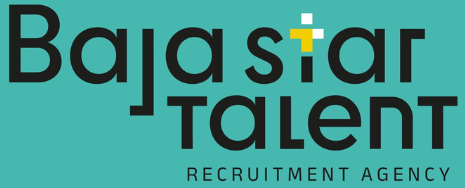Contrary to this belief, only around 18% of adults correctly pinpointed high-income Americans as the group facing the highest federal tax burden, as per a January survey by AP-NORC.

A majority of Americans feel they’re shelling out too much in federal income taxes, with approximately 60% under the misconception that middle-income households bear the brunt of the tax load.
But only around 18% of adults correctly pinpointed high-income Americans as the group facing the highest federal tax burden, as per a January survey by AP-NORC.
As the deadline for filing tax returns for 2023 approaches, taxes are at the forefront of many Americans’ minds, with expectations of refunds for some and liabilities for others. According to AP-NORC, only about 27% of taxpayers view their federal income taxes as fair, while 60% perceive their burden as too heavy.
The U.S. tax system operates on a progressive basis, meaning lower-income individuals contribute a smaller proportion of their income in federal taxes compared to high-income earners, as highlighted by Alex Muresianu, a senior policy analyst at the Tax Foundation, a think tank specializing in tax matters.
“There’s less strain in extracting an additional dollar from someone with higher income compared to someone with lower income,” he remarked.
Meanwhile, there’s a push from certain lawmakers and policy experts to hike tax rates for affluent individuals, with President Joe Biden proposing to undo a rate reduction for the nation’s highest earners that was part of the 2017 Tax Cuts & Jobs Act. Under Biden’s plan, the top marginal rate would revert to 39.6% from the current 37%.
According to a recent analysis by the Tax Foundation based on IRS data from 2021, the typical taxpayer paid $14,279 in federal income taxes, with an average tax rate of 14.9%. Notably, federal taxes exclude payroll taxes covering Social Security and Medicare.
However, nearly all of the nation’s federal taxes — almost 98% — are contributed by the top 50% of earners. The bottom 50%, each earning below $46,637 annually, collectively account for roughly 2.3% of the country’s tax revenue.
This analysis doesn’t include other taxes like state and local sales taxes, which are uniformly imposed on all consumers regardless of income level. Consequently, low-income Americans allocate a greater portion of their earnings toward sales taxes than their higher-earning counterparts.
The top 10% of earners, with incomes starting at $169,800, foot approximately three-quarters of the nation’s tax bill, according to the analysis. Although many Americans believe the middle class bears the heaviest tax burden, it’s actually the top 1% who face the highest federal tax rate, standing at 25.9%, as per the Tax Foundation.

However, the average tax rate for the top 1% has declined over recent decades. For instance, in 2001, the effective tax rate for the nation’s top earners was 27.6% — nearly two percentage points higher than the current rate.
Additionally, the top 0.1% of earners, with annual incomes of at least $3.8 million, face an effective federal tax rate of 25.7%, slightly lower than the 25.9% rate for the top 1%.
Ultra-wealthy households often benefit from tax loopholes and deductions unavailable to salaried workers, who receive W2s, and a significant portion of their income may come from capital gains, which are taxed at a lower rate than earned income.
Pew Research found that about 60% of Americans were troubled by the perception that corporations and affluent individuals aren’t contributing their fair share in taxes, potentially explaining why around two-thirds of those surveyed voiced support for higher taxes on the wealthy.
